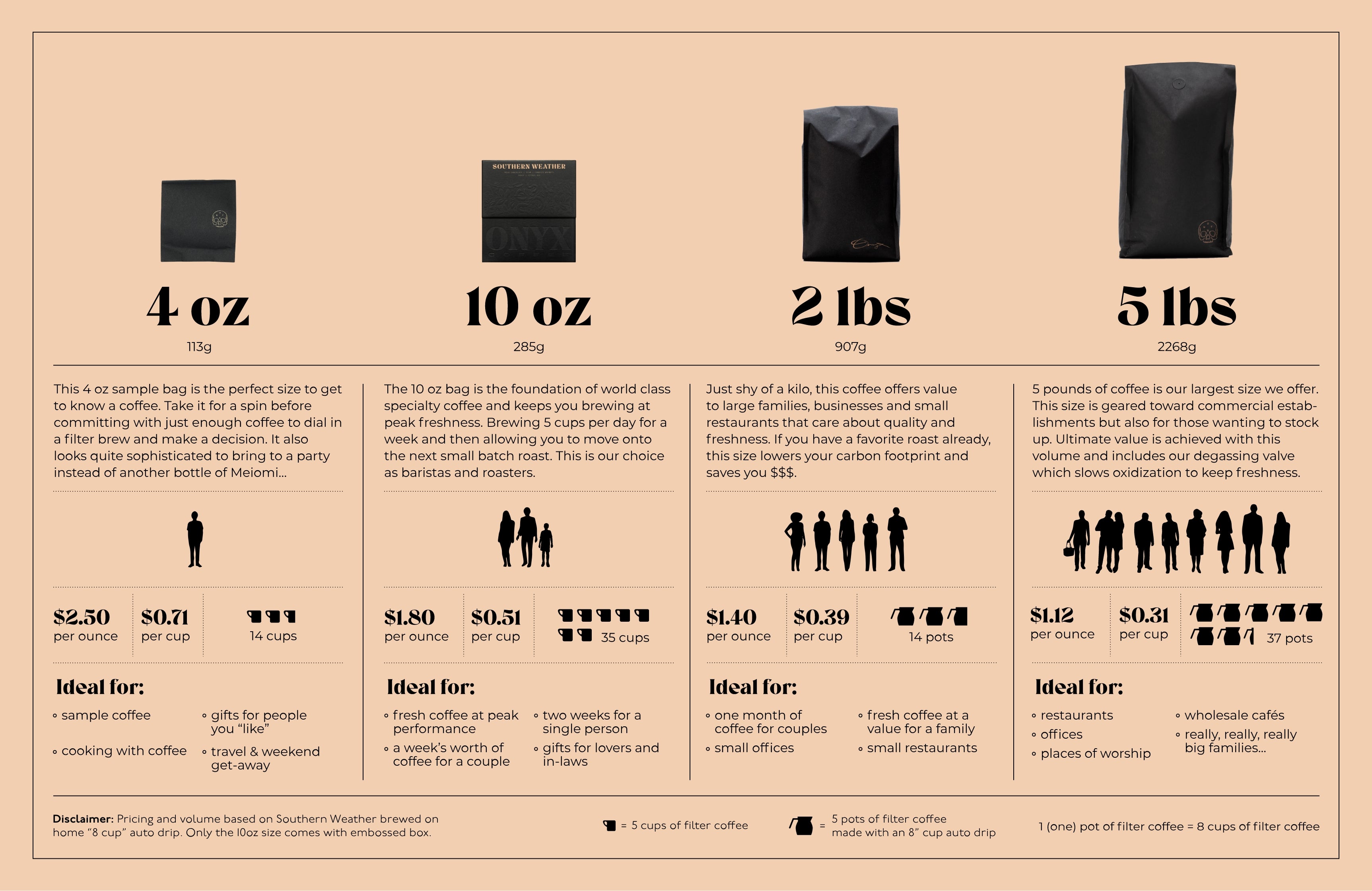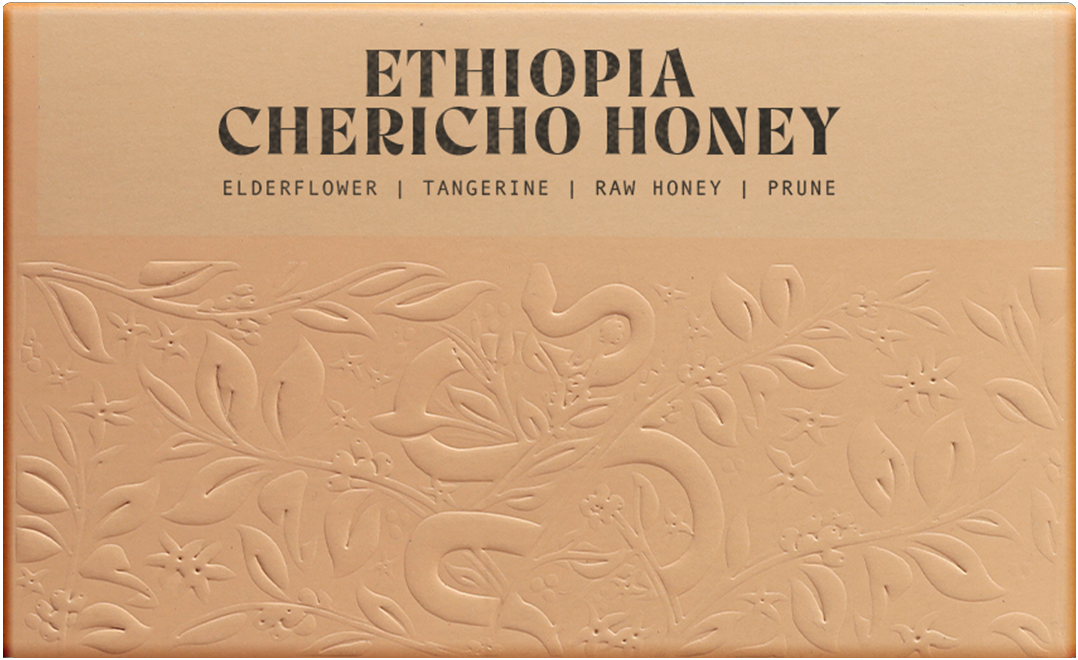Story
Much like the rest of the coffee world, Ethiopian coffee has had a tumultuous and challenging year. Between the pandemic, a tense election, and the start of the Tigray war, sourcing coffee in Ethiopia has presented unique challenges over the past three seasons. Our friends Zele, Emily, and Michael at Catalyst have continued to source amazing coffees and do so with kindness and generosity. At the outset of this season, we faced the fact that we would go through another season of cupping samples stateside and forgoing a trip to East Africa due to the pandemic. Instead of sending samples back and forth, we made the trip to Portland to visit their new lab to cup alongside them. We were able to complete our selections for the entire season after two intense days of cupping. We have a long love of the experiments that the Catalyst team runs alongside talented processing station managers, and we zeroed in on this small honey lot to highlight their hard work with this station.
ARBEGONA REGION
Coffees grown in the Arbegona region are some of the highest grown coffees in the country. With elevation soaring up to nearly 2300 meters, these coffees are slow growing, with the average screen size of the seeds vastly smaller than others in the country. This exceedingly high elevation, combined with careful attention to picking and agronomy leads to wonderfully vibrant cup profiles; we’ve experienced intense florals and bright tropical fruits with more intensity than we are accustomed to. This honey lot was processed at a very new station, the Yaye Station, located just down the road from the Bensa stations. Operated by Faysel Abdosh, this mill services the small-holder producers of the greater region. Outside of purchasing cherry, Faysel has initiatives to provide services to the community by developing infrastructure around medical needs, electricity, and water. It’s often that the conversation around purchasing coffee revolves around pricing, however, that is only one side of the transaction. As we’ve seen from global inflation, it’s not enough to say that producers are getting higher prices for their coffee, as these higher prices are dramatically offset by soaring inflation. Projects like the water pipeline and the electricity project can radically shift the conversation about equity and living conditions in these regions, and we’ll continue to partner with people like Catalyst and Faysel to aid in these projects.
HONEY PROCESSED COFFEE
Honey processed coffees are tricky. Oftentimes the result of this process ends up being the same as if they were washed, but other times they end up much worse. The process begins much like washed coffee, where the cherries are depulped, but then the process is halted. Instead of sending the seeds to the fermentation tanks where yeast and microbes break down the sticky mucilage, the honey processed coffee is sent straight to the drying bed, where they’re pop dried with the mucilage left on. This leaves some of the fruit left partially on, ideally imparting some sucrose and fructose as it continues to ferment (slowly, in this case). Honey process gets its name from the sticky fruit left on the outside of the seed, but it is easier to think about when it’s referred to as a ‘pulped natural,’ or even ‘partially washed.’ Differing levels of fermentation and even the type of depulper used to strip the cherry from the seed can influence the color of the dried coffee. As the process's popularity has spread, new names for the levels of processing have spread with it. You will see the levels generally follow the trend from white honey, all the way to black honey.
White honey usually follows the trend that most of the mucilage is removed, followed by a light and short fermentation with rigorous movement during drying. This exposes most of the parchment on the seed, which is a yellow to white color.
Yellow honey has a bit more mucilage left on the seed, as well as a bit more activity in fermentation. The mucilage left on will turn a golden yellow color as the oxidation of fermentation takes place. These are usually shade-dried and turned just a few times per day of drying.
Red honey has much of the seeds mucilage left on, with just the thin cherries skin removed during depulp. Heavily laden drying beds or patios become difficult to turn with the large mass of sticky fruit and seeds, which creates the perfect conditions for slow oxidation and lots of microbial activity. All this activity, combined with the fruit left on the outside of the seed, turns the dried parchment a rusty red color.
Black honeys are considered the most ‘fermented’ of the honey process. This is when the terroir of the coffee takes a bit of a backseat, as the sugars from the fruit ferment and impart a winey flavor and heavier texture to the cup. Black honey coffees are seldom moved on the drying patios or beds, where they are fermented for extended periods of time. During this slow fermentation, the mucilage goes through all the phases listed above, before it transitions from a rusty red to a red-black color.



